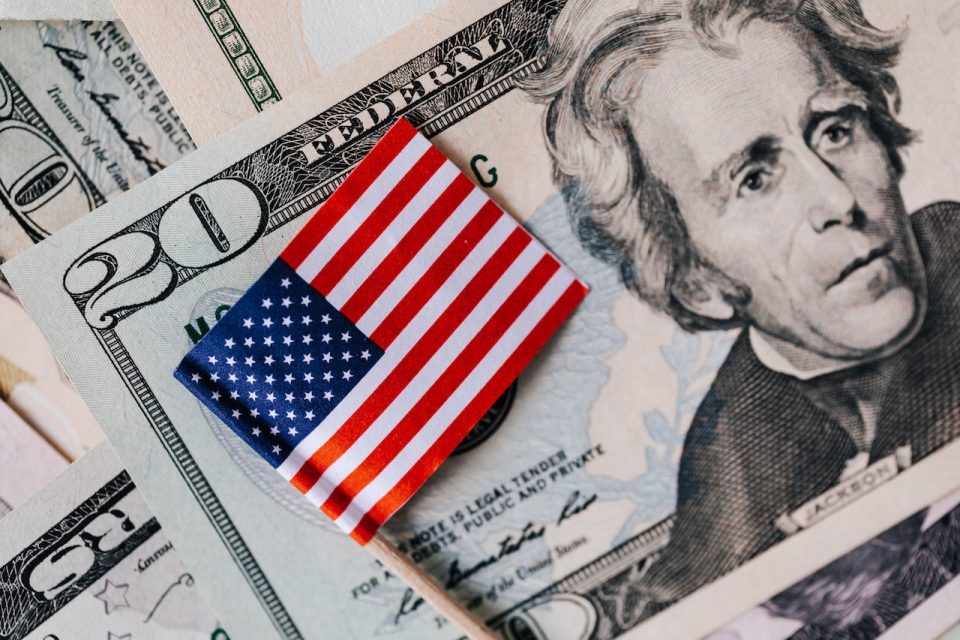The US dollar index (DX-Y.NYB) soared to its highest level since November on Tuesday, propelled by the US 10-Year Treasury Note yield (^TNX) surging to its loftiest point since 2007. In sync with this development, stock markets experienced a notable downturn, with the Nasdaq Composite (^IXIC) witnessing a 1.6% drop, and the S&P 500 (^GSPC) falling 1.5%. This financial flux was largely attributed to actions by the Federal Reserve.
Last week’s release and subsequent press conference, indicating a potential uptick in interest rates, spurred investors to anticipate even higher rates persisting over an extended period. This surge in Treasury Note rates proved alluring, enticing a fresh influx of foreign investors who, in turn, necessitated purchasing US dollars prior to acquisition. This dynamic set forth a cycle of elevated rates and a fortified dollar, placing additional strain on risk-driven markets like equities.
These evolving trends are palpable in two pivotal indices – the CBOE Volatility Index (^VIX), colloquially referred to as the ‘fear gauge,’ and the Ice BofA MOVE Index (^MOVE). Concurrently, the US dollar is poised to conclude an impressive 11th week of consecutive gains. On the Relative Strength Index, the dollar is nearing technical overbought territory, mirroring the likely overbought status of the 10-year yield on the weekly timeframe – both signals absent for nearly a year.
Historically, periods of turbulence have often coincided with overbought signals, akin to those currently observed with the dollar and the 10-year Treasury yield. Notable exceptions include the Global Financial Crisis and the initial pandemic-induced crash, which stemmed from distinct catalysts. It’s conceivable that the market has already borne the brunt of the ongoing repricing, potentially heralding a return to upward momentum for stocks.
Following this turbulent phase, rates and the dollar are expected to settle into a fresh equilibrium, potentially rendering stocks marginally riskier (i.e., exhibiting price increases). Until then, stock markets could be in for a rocky road ahead.
Source: Yahoo Finance

